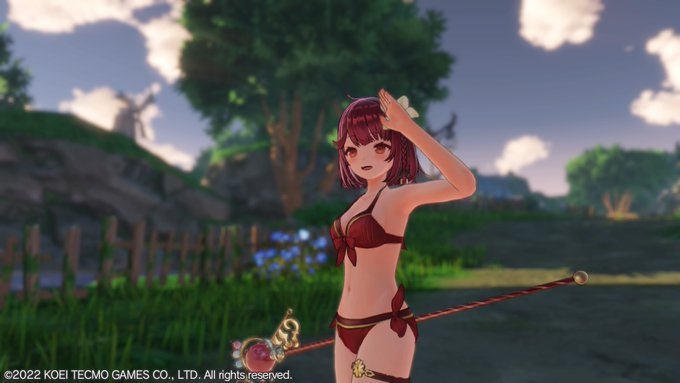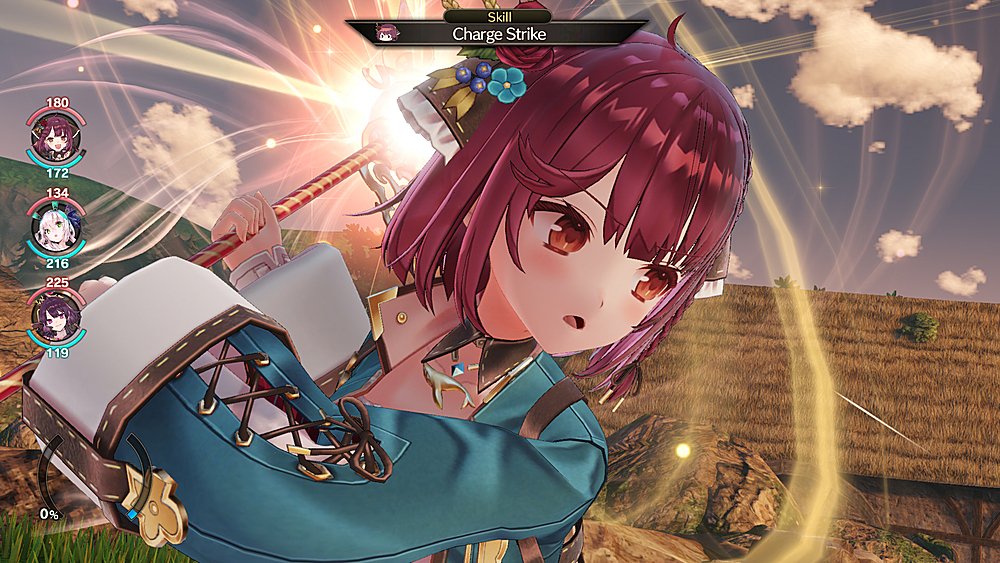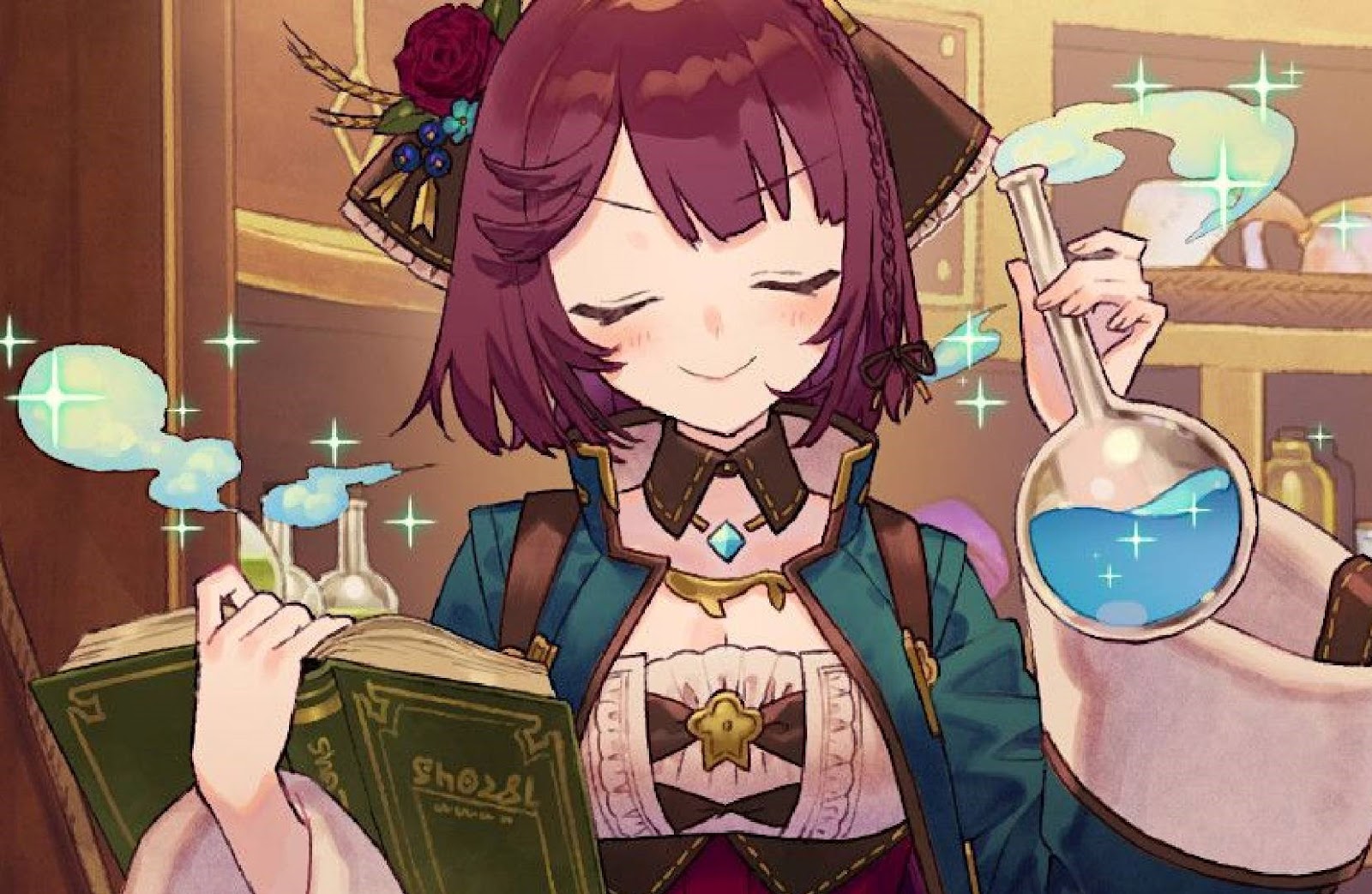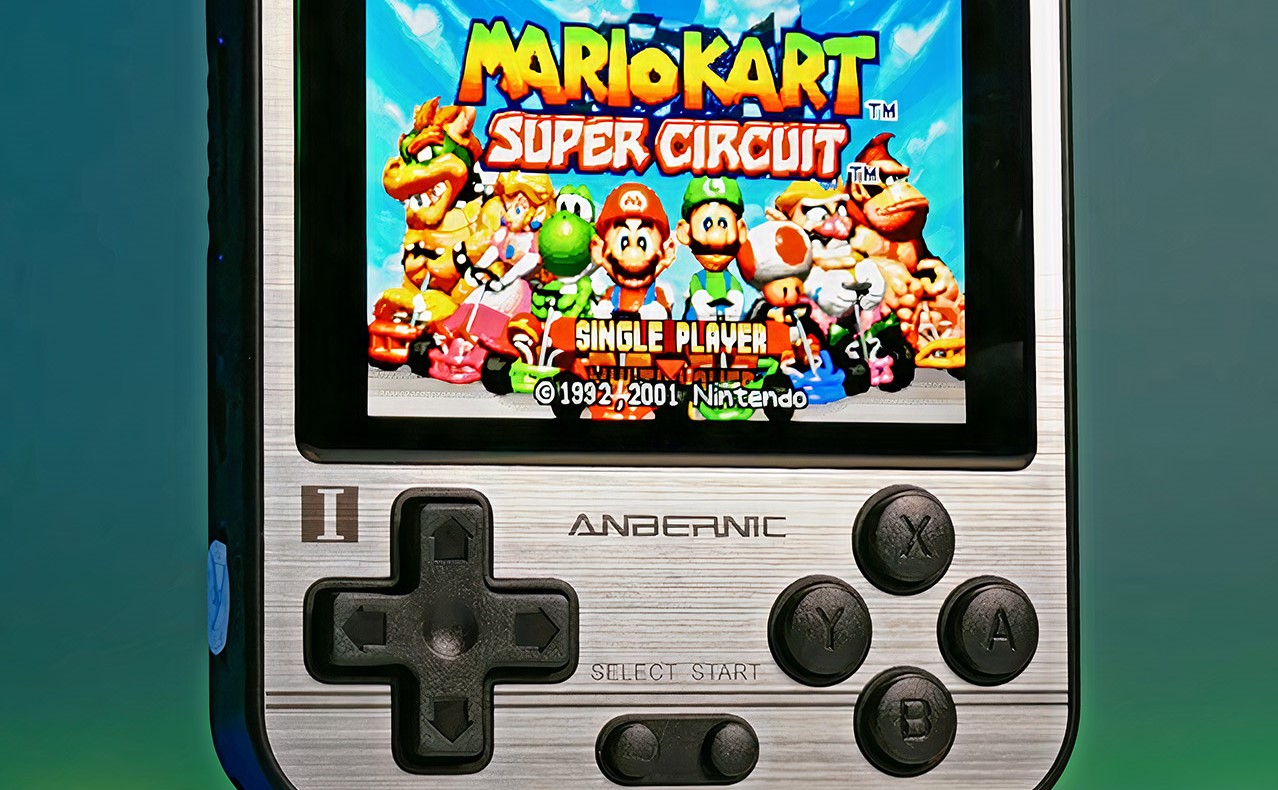Playing Atelier Sophie 2 and Elden Ring back-to-back over the last week and a bit has been a fascinating experience. They’re both RPGs out of Japan, of course, but they seem like binary opposites to one another. Elden Ring is melancholic, alienating, and makes cruelty an aesthetic decision. Atelier Sophie is heartwarming, wholesome, and generous of spirit. It has been the perfect foil for those times that I’ve needed to give Elden Ring a break, and even if it wasn’t acting as a break from the stylised misery, it would be a game that I found to be utterly delightful in its own right.
It has been six years since the first Atelier Sophie, and in the meantime we’ve had six (!) other Atelier titles released. Don’t worry too much if your memory of the original game is hazy, though, because this one is pretty self-contained, with its own characters and setting. In the opening moments, Sophie is whisked away to a dream dimension (hense the subtlte), and her ever-reliable companion, Plachta, has gone missing. Sophie’s told that she’s basically stuck here until she can realise her life’s ambitions, and away she goes – firstly, to figure out what this dream world even is, and then to reunite with Plachta and escape… though she’s not in a great hurry to do the latter, given that this new world is really idyllic and Sophie doesn’t take long to adapt to it and make new friends.
With the previous two Atelier titles (i.e. Ryza’s adventures) there were hints that Gust was starting to tackle some harder material and themes in this series. That was certainly done in the context of the wholesome brightness that we expect from Atelier, but there was a clear effort there to better round out characters and get players thinking. Sophie is a swerve back in the other direction and consequently, it doesn’t push to be more than a warm and genuine fantasy. There are, of course, twists and turns, and not everything about this world is quite right, but certainly as a dreamlike purgatory, Sophie’s new home is closer to heaven than hell.
We’ve seen this core concept be used in deeper ways. This idea of being whisked out of reality to live in a world where your only focus needs to be on your dreams and aspirations is a theme that we’ve seen run deep in the likes of The Caligula Effect, but where that game aimed to probe and question with the theme, Sophie 2 is a pure kind of escapism. It’s a laid-back, classical JRPG adventure where the characters live largely without urgency or consequence, and the entire community is united by nothing but an overwhelming sense of community. Frankly, we need this kind of warm escapism right now. As I write this the world still suffers from the throes of a pandemic and, in just the last day, a former superpower has decided to bring the world to the brink of World War 3 by launching the largest-scale invasion in Europe since Poland, in 1939. You may not remember that one but it was a really bad thing, and the world is rightfully terrified of that, and so much more right now.
There are a number of ways that artists can approach their work, of course. For many, to quote Nina Simone, the role of the artist is to reflect the times, to challenge and subvert. But then there’s also the idea that art can be a form of escapism, and a moment of respite. Both are valid and important, both for the betterment of society, and also to make life worth living.
Sophie 2 is pure escapism. But as the Guardian article I link to above noted, “art is an escape – but not a ‘mere’ escape.” It’s still going to be saying something. So what does Sophie 2 say? It’s naive in the way it presents an idyllic world and society, a place of perpetual youth and community, but I would argue that it – like almost all the Atelier titles – aims to highlight what we lack in our own lives and world around us. That sense of community that is so core to the warmth of the Atelier series only seems naive precisely because modern society has pushed the idea of community to the periphery and is, instead, individualistic and self-serving. Even though characters are all effectively “trapped” in this world until they can achieve a personal ambition, none of them are stepping over one another in the pursuit of this goal. The nostalgic quality of Atelier Sophie comes across in part because the village hub is so rural, but also because the behaviour of locals calls to mind small town friendliness from a bygone era.

That’s a long digression to the point, but to emphasise: Atelier Sophie 2 is warm, uplifting, sweet and wholesome. The characterisation is a blend of common anime tropes and a relentless chipper tone, and while there is combat and other JRPG elements, the main loop is around using alchemy to cook up things and solve problems. Both Sophie’s on problems, and those of the communities around her. I love the deeply ingrained alchemy crafting system in Atelier Sophie. I realise I write this a day after I criticised the crafting system as being my one and only issue with Elden Ring, but Atelier makes it focal to the whole experience, and more importantly, the alchemy system adds value above and beyond other ways of acquiring equipment and items.
It works like this: After dropping all the required items into a big pot, you then play a basic minigame, which works a bit like a blend between Tetris and match-3, where you need to take the “traits” that those items have been converted into (Tetris-style blocks), and array them around a playing field so that traits of the same colour are aligned and sit over specific spaces in the grid. This might sound more complex than it is – it will only take you a couple of goes to get into the swing of it. If you do well, pick the right ingredients, and fill the board up correctly, the resulting item will have unique abilities and enhanced quality. A potion will do more than just heal wounds. A piece of equipment might sell for more in the store, and so on. Engaging with the alchemy system yields better stuff, and that is a far superior crafting system to most, where you’re just dutifully checking off recipe lists to create things that are inevitably available as some vendor or another anyway.
For those that have played enough Atelier titles in the past, the return of the alchemy system from the “Mysterious” sub-series will be a welcome one. I do believe that on balance it is the one that fans enjoy the most. What they’ll also love is the return of true turn-based combat. As much as Ryza was a confident step forward for Koei Tecmo and Gust, the active combat system did feel a little pacey and at odds with the otherwise relaxed aesthetics of the series. With Sophie 2, there’s plenty of depth to the combat system, once you start digging into special attacks, partner combinations and the like, but it’s truly turn-based stuff. Nothing happens until you’re ready for it. This is something that I didn’t think would come back to Atelier, but I’m glad it did, because it does put the control back in the hands of the player. With a nice little seamless intro and outro to combat (all battles happen in-world now, rather than in the separate battle screen typical of older JRPGs), Sophie’s combat system does look and feel modern. It’s just that, structually, it’s delightfully nostalgic as its storytelling.

While I’m talking about things that I’m rather glad to have moved back towards the Atelier tradition, I do love the character designs in this one. With Ryza, Gust was certainly looking to reach a certain audience via the THICC character design of the main character (in particular). That visual direction did resonate with the first Ryza, in particular, selling so well. I was concerned that that would set in stone what Gust did into the future, and given that the series has always been noteworthy for its sweet and cute character designs, I wasn’t going to be happy about that. Sophie is a return to the old-style Atelier characterisation, however, and the cast are adorable. Certainly, some of them have an oppai quality that will draw eyes, but the relative lack of hyperbolically voluptuous characters has allowed the Gust to claw back the cutesy charm that distinguished this series from so many JRPGs that have a fan service component. Also, Sophie looks incredible in her bikini and garter combo. Just sayin’.
Enemies, meanwhile, are simple in design, but gorgeously coloured and animated, which helps to give those combat systems a very loud (but appealingly so) brightness. However, as far as the technical side of the visuals goes… Well, that’s the rub that’s ultimately going to cost this game. Gust is iterative due to the frequency that it puts these games out, and always working on a budget. Atelier Sophie 2 is aesthetically gorgeous thanks to the art direction, and the larger spaces to explore show a lovely expanse at times, but it’s still certainly simpler than what you’d expect from a bigger budget JRPG. There’s even a costume collaboration with Tales of Arise and… I cannot for the life of me understand the logic of actively asking people to make that comparison.
Atelier remains the comfort food of video games, and Atelier Sophie 2 is one of the more comforting snacks. With so many dense and complex games releasing around one another at the moment, having something that is light, warm, and good-natured is a nice release. I don’t know if launching immediately after Elden Ring and Horizon, and immediately before Triangle Strategy works in Sophie’s favour, but if you can resist making those comparisons, what you’ll see here is one of the most refined and beautiful entries in this long-running and utterly wonderful JRPG mainstay. The game deserves better than to be compared like-for-like with these other titles, as it no doubt will be.









